
In particular, imported cars increased by 17% over the same period, far exceeding the 6% of domestically assembled cars, showing that consumer trends are leaning strongly towards imported cars.
Imported cars grow faster than domestically assembled cars
According to experts, this is a sign that the auto industry is regaining growth momentum after a sluggish first half of the year, and also reflects that consumer purchasing power is increasing in preparation for the year-end shopping season.
Of the total sales, there were 20,559 passenger cars, up 19%; 9,535 commercial vehicles, up 14%; and 594 special-purpose vehicles, up 97% over the previous month.
In terms of origin, completely built-up (CBU) imported vehicles recorded outstanding growth, reaching 16,261 vehicles, up 22% compared to August. Meanwhile, domestically assembled vehicles (CKD) reached 14,427 vehicles, up only 14%.
By the end of September 2025, VAMA's total market sales reached 251,421 vehicles, up 11.5% over the same period last year. Of which, passenger cars increased by 4%, commercial vehicles increased by 32% and specialized vehicles increased by 70%.
In particular, according to VAMA's report, in the past 9 months, imported cars reached 131,503, up 17%, while domestically assembled cars only reached 119,918, up 6% over the same period last year - a notable difference showing that consumer trends are shifting.
Experts say there are three main reasons for this difference. First, the supply of imported cars has recovered strongly. After a difficult period at the beginning of the year due to disruptions in the supply chain and import procedures, since the second quarter of 2025, many international car manufacturers have re-established their logistics systems, ensuring a steady and faster supply of cars. SUVs, crossovers, hybrids and luxury cars have been launched on the market at the right time, meeting consumers' demand for "upgrading their vehicles".
Second, imported cars have an advantage in design and technology. Compared to domestically assembled cars, imported cars are often equipped with more modern safety and convenience technology , especially in the urban SUV, hybrid and electric car segments. These are the choices favored by young customers and businesses.
Third, domestically assembled vehicles are under pressure from rising production costs. Domestic assemblers are facing high costs of components, logistics and labor, while the localization rate is low (only about 10-15% for passenger cars under 9 seats). Although the Government has been promoting policies to support component production, the supporting industry is still developing slowly, making it difficult for domestic vehicle prices to compete with imported vehicles from Thailand and Indonesia - which enjoy a 0% tax rate under the ATIGA Agreement.
Experts also said that the above sales figures do not reflect the whole picture of the Vietnamese automobile market because there are many other car manufacturers such as Audi, Jaguar Land Rover, Mercedes-Benz, Nissan, Subaru, Volkswagen, Volvo... but these car manufacturers do not disclose their business results. In particular, VinFast and Hyundai are two car manufacturers with a large number of cars sold but have not announced their sales figures for this month.
The main driving force helping the Vietnamese automobile market accelerate
Commenting on the sales growth in September, experts said that the Vietnamese automobile market accelerated again thanks to the main driving forces. That is, the demand for buying cars increased before the peak season at the end of the year. September marks the period when people start preparing for the need to travel, travel, and transport during Tet. Dealers simultaneously launched promotions, preferential interest rates, and support for registration fees, stimulating consumers to "spend money".
In addition, many commercial banks continue to reduce interest rates on auto loans, making it easier for buyers to access capital, especially for individual customers and small businesses.
Along with that, the abundant supply of cars has returned, many new car models, especially SUVs, crossovers and hybrids, have been launched continuously in recent times, creating great attraction. In addition, electric and hybrid cars have also had a big rebound. Although still modest, hybrid car sales reached 1,371 cars, up 31% over the same period in 2024, while electric vehicles (BEV) have reappeared with 13 cars sold by VAMA members alone, demonstrating the growing interest of consumers in green vehicles.
According to some VAMA members, the main driving force of the market in the past month can be attributed to the year-end shopping season, flexible financial policies, and the launch of many new car models in the popular and hybrid segments. With such growth momentum, total car sales for the whole year of 2025 of VAMA alone can reach about 280,000 - 290,000 vehicles, equivalent to a growth of 8 - 10% compared to 2024.
According to experts, 2026 could be a pivotal year for the race between electric and gasoline vehicles in Vietnam. As major manufacturers push their electric vehicle portfolios, consumers will have more options. At the same time, charging infrastructure is expanding, battery costs are falling, and policies to encourage the use of green vehicles are becoming clearer.
This shift is expected to create a comprehensive competitive landscape, both benefiting consumers and contributing to promoting the sustainable development of the Vietnamese automobile industry in the 2026-2030 period.
Source: https://baotintuc.vn/kinh-te/xe-nhap-khau-dan-dat-thi-truong-o-to-viet-nam-20251011134150942.htm





![[Photo] General Secretary attends the parade to celebrate the 80th anniversary of the founding of the Korean Workers' Party](https://vphoto.vietnam.vn/thumb/1200x675/vietnam/resource/IMAGE/2025/10/11/1760150039564_vna-potal-tong-bi-thu-du-le-duyet-binh-ky-niem-80-nam-thanh-lap-dang-lao-dong-trieu-tien-8331994-jpg.webp)
![[Photo] Opening of the World Cultural Festival in Hanoi](https://vphoto.vietnam.vn/thumb/1200x675/vietnam/resource/IMAGE/2025/10/10/1760113426728_ndo_br_lehoi-khaimac-jpg.webp)
![[Photo] Discover unique experiences at the first World Cultural Festival](https://vphoto.vietnam.vn/thumb/1200x675/vietnam/resource/IMAGE/2025/10/11/1760198064937_le-hoi-van-hoa-4199-3623-jpg.webp)
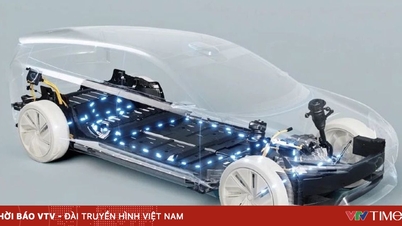





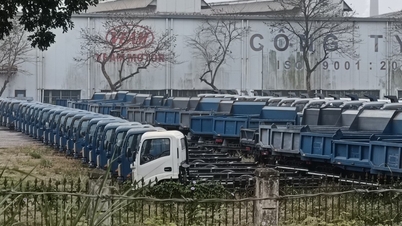



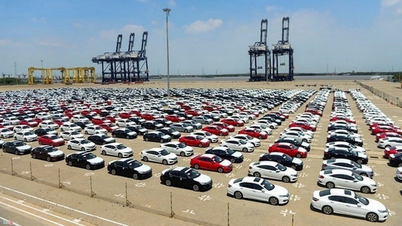



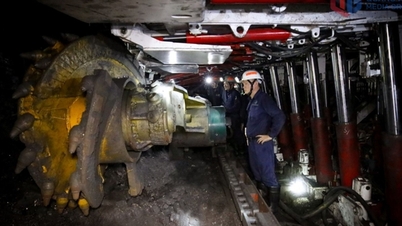


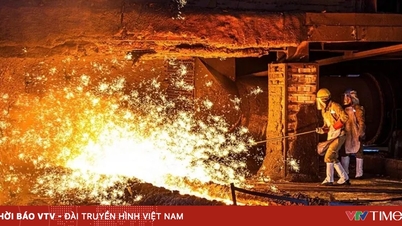





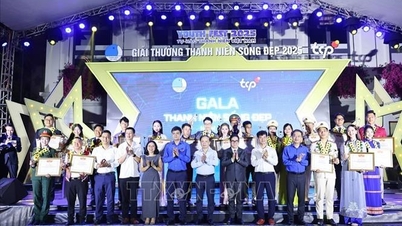


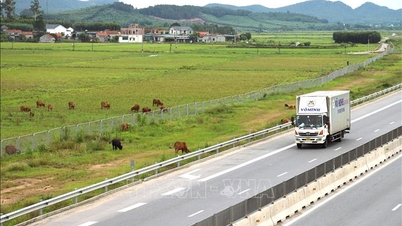


![[Photo] Ho Chi Minh City is brilliant with flags and flowers on the eve of the 1st Party Congress, term 2025-2030](https://vphoto.vietnam.vn/thumb/1200x675/vietnam/resource/IMAGE/2025/10/10/1760102923219_ndo_br_thiet-ke-chua-co-ten-43-png.webp)





























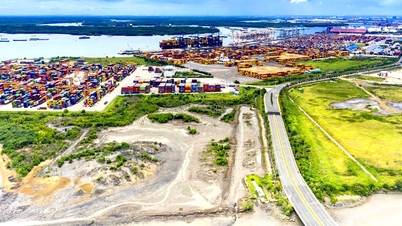










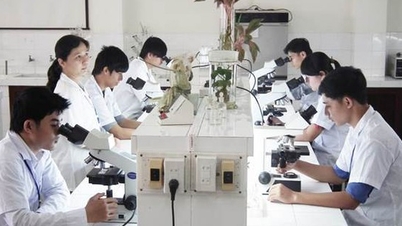






















Comment (0)